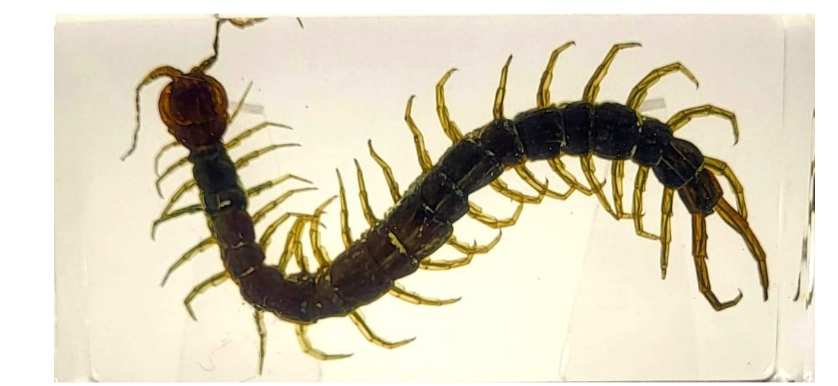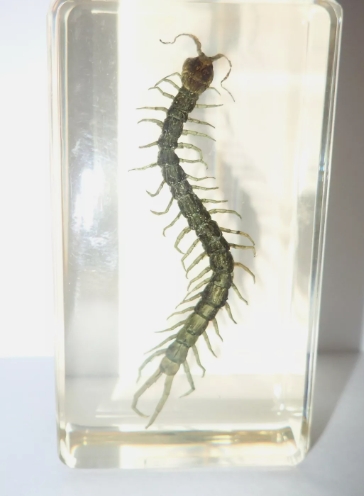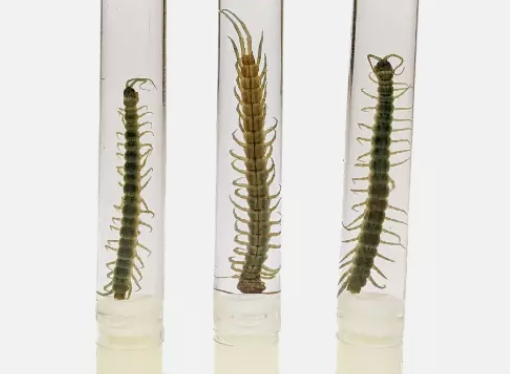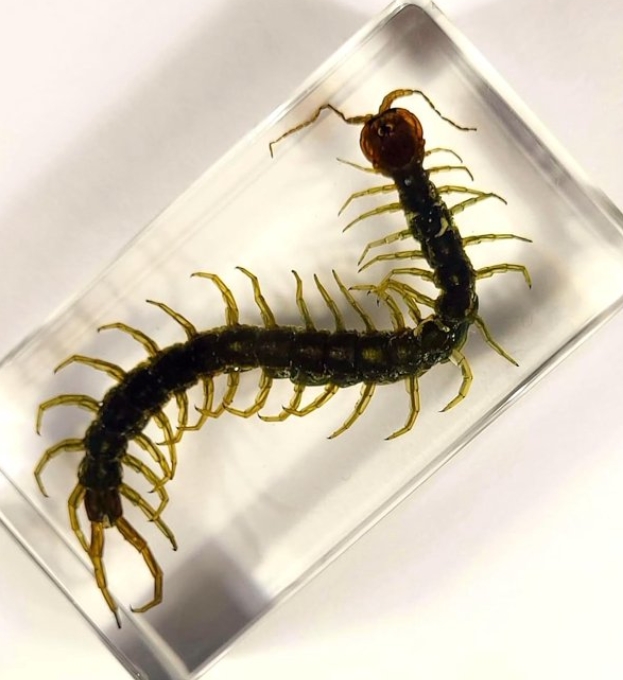Spider specimens are presented in a scientific and artistic way through elaborate production and preservation techniques. Spiders belong to the phylum arthropod, usually with eight legs, the body is divided into the head chest and abdomen, there are many kinds of spiders, there are about 40,000 different species in the world.
The process of preparing a spider specimen usually involves capturing, fixing, preserving, and drying. Once caught, the spider needs to be held in place in order to retain its natural posture. Next, the specimen is treated with a special preservative to prevent decay. Finally, it is dried and displayed in a transparent container for easy observation and study.
Spider specimens not only play an important role in biological research, but also help us understand the diversity of ecosystems. By observing its morphology, color, and ecological habits, scientists can gain important information about environmental changes and species evolution. In addition, the presence of spiders plays an important role in nature, controlling the number of pests and maintaining the ecological balance.
In short, spider specimens are not only a tool for scientific research, but also a window to understand the mysteries of nature, which stimulates people's interest in the microscopic world and the spirit of exploration.




